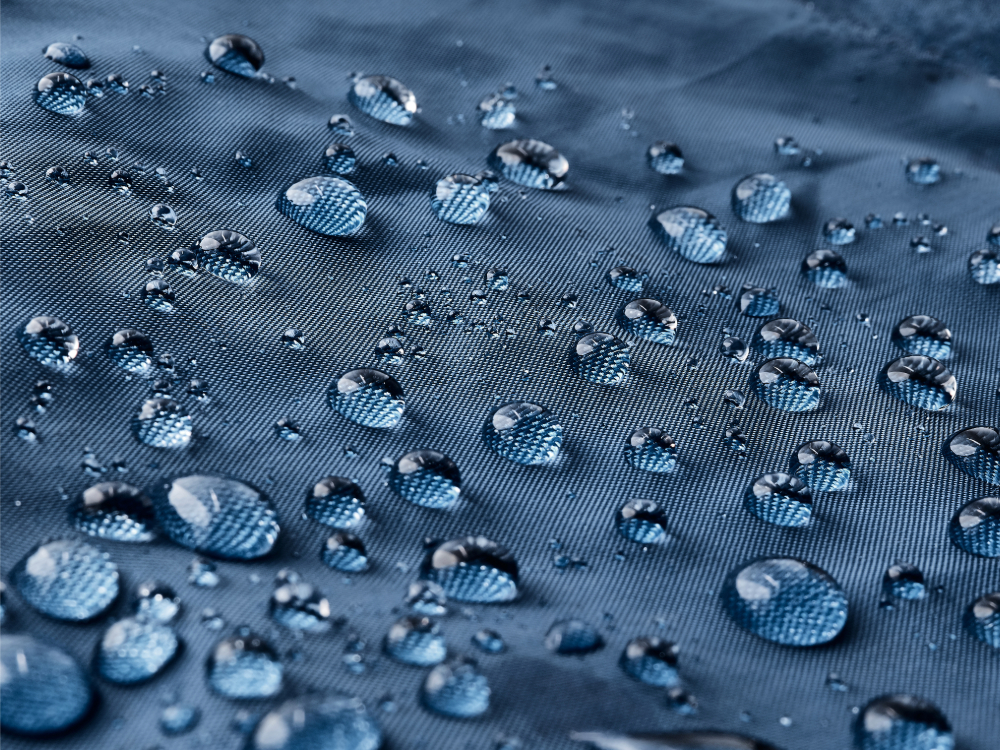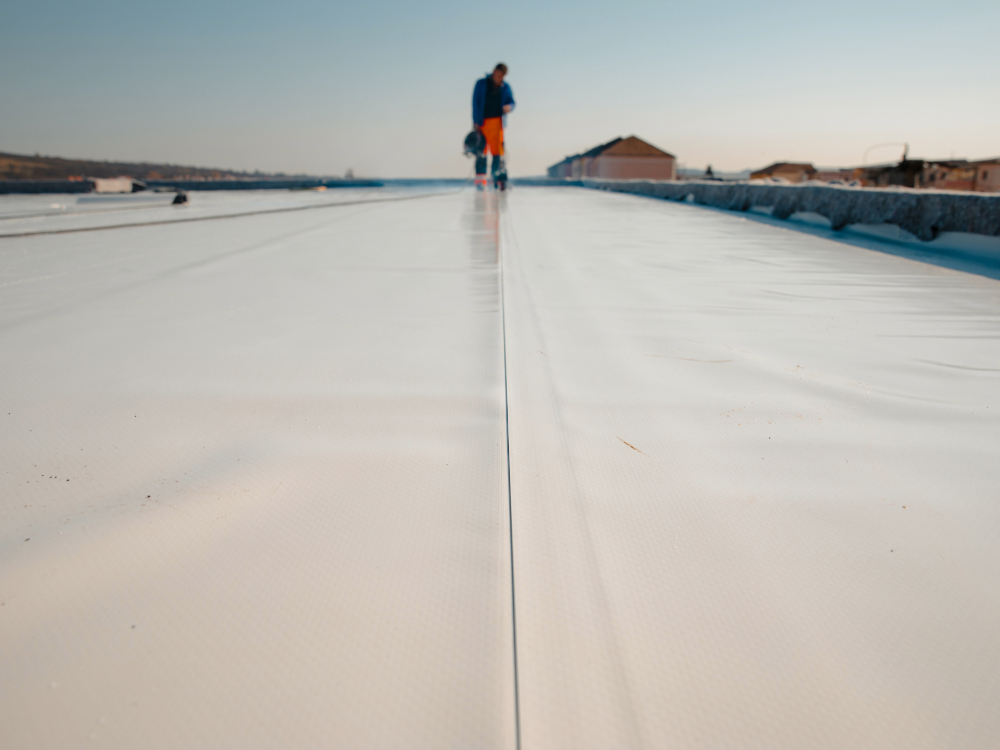Leveraging Membrane Technology
Membrane technology has emerged as a transformative solution for addressing modern building challenges, particularly in energy efficiency, environmental sustainability, and water management. This review delves into the study conducted by A. I. Osman, Z., Chen, A., M. Elgarahy, M., Farghali, I., M., A. Mohamed, A. K. Priya, H. B. Hawash, P-S Yap titled Membrane Technology for Energy Saving: Principles, Techniques, Applications, Challenges, and Prospects Advanced Energy Sustainability.
Introduction
Rapid urbanisation and the increasing demand for sustainable buildings have placed significant pressure on traditional construction methods. The International Energy Agency (IEA) projects a 27% increase in energy demand by 2040, with a corresponding rise in carbon emissions. In this context, innovative technologies like membrane technology are becoming indispensable tools in creating energy-efficient and environmentally friendly buildings. Membrane technology, which utilises semipermeable membranes for selective separation processes, offers promising solutions that align with modern, sustainable construction goals.
Principles and Mechanisms of Membrane Technology
Membrane technology selectively allows specific components to pass through a membrane based on factors such as size, charge, or chemical properties. This selectivity results in significant energy savings, reduced emissions, and enhanced material efficiency compared to traditional methods. Key features of membrane technology include high energy efficiency, selectivity, and a minimal environmental footprint, making it ideal for incorporation into building systems.

Membrane technology selectively allows specific components to pass through a membrane | Adobe photo stock
Applications of Membrane Technology in Buildings
Water Management and Desalination
Membrane technology is crucial in building water management systems, including rainwater harvesting, greywater recycling, and desalination. Due to growing environmental concerns, traditional synthetic polymers are being replaced with biodegradable alternatives like polyhydroxyalkanoates and polylactic acid. Advances in nanomembranes and organic porous membranes have improved the efficiency and sustainability of these systems.
For example, ultrathin graphene nanofiltration membranes can efficiently filter contaminants, ensuring high-quality water for various building applications. Additionally, hybrid systems integrating renewable energy sources with membrane desalination techniques provide sustainable building solutions, particularly in water-scarce regions.
Indoor Air Quality and Contaminant Removal
Maintaining indoor air quality is critical for building occupants’ health and comfort. Membrane systems are increasingly used for air purification, efficiently separating pollutants and contaminants. Membrane bioreactor (MBR) systems, which combine biological treatment with membrane filtration, effectively remove volatile organic compounds (VOCs) and other indoor air pollutants.
Nanofiltration membranes are particularly useful in air filtration systems, given their ability to filter fine particles and microorganisms. Reverse osmosis membranes help eliminate micropollutants from buildings’ air and water systems, enhancing indoor air quality.
Energy Management and Gas Purification
Building energy management can be significantly improved using membrane technology, especially for heating, ventilation, and air conditioning (HVAC) systems. Membranes constructed from porous organic polymers and metal-organic frameworks are highly selective and efficient, aiding in the purification of gases like carbon dioxide and volatile organic compounds. These systems help maintain optimal indoor air quality while being energy-efficient.
Innovative composite membranes combining covalent organic frameworks (COFs) and metal-organic frameworks (MOFs) achieve unprecedented gas separation factors, enhancing the efficiency of HVAC systems and contributing to overall building energy savings.
Challenges and Future Prospects
Despite its advantages, membrane technology in buildings faces challenges such as membrane fouling, material stability, and optimising energy efficiency. Addressing these issues through advanced materials and integrating artificial intelligence for process optimisation remains a progressive frontier. The future trajectory of membrane technology in construction involves developing next-generation nanocomposite membranes, sustainable polymers, and hybrid systems to enhance energy and resource management within buildings.
Incorporating membrane technology into building design also reshapes areas like energy-efficient windows, smart building materials, and sustainable construction practices. By continuously innovating, membrane technology can meet the evolving requirements of modern, sustainable buildings.
Leak Detection: Ensuring Efficiency and Reliability
As membrane technology advances in building applications, detecting and preventing leaks becomes critical to ensuring operational efficiency and safety. Conductive and non-conductive membrane systems must be continuously monitored to avoid contamination and to maintain performance standards.
Rommel Ltd offers state-of-the-art Detec leak detection systems designed for conductive and non-conductive membranes used in buildings. For non-conductive membranes, a pre-applied tru-ground primer provides conductivity to previously non-conductive membranes, increasing the opportunity to locate leaks.
These systems provide reliable leak detection for swift identification, allowing waterproofing specialists to address any breaches. This proactive approach is essential for maintaining the integrity and efficiency of membrane-based systems in construction and building maintenance.
Membrane technology holds significant promise for transforming the building industry and contributing to sustainability. Its inherent characteristics of energy efficiency, high selectivity, and minimal environmental impact make it an essential tool in addressing modern buildings’ energy and environmental challenges. As research and development continue to advance, integrating innovative materials and renewable energy sources promises to further enhance the capabilities and applications of membrane technology, ensuring a sustainable future for the building sector.
Reach out to the team at Rommel today to discuss any waterproofing leak detection services you may require.
Citation:
Osman, A.I., Chen, Z., Elgarahy, A.M., Farghali, M., Mohamed, I.M.A., Priya, A.K., Hawash, H.B. and Yap, P.-S. (2024), Membrane Technology for Energy Saving: Principles, Techniques, Applications, Challenges, and Prospects. Adv. Energy Sustainability Res., 5: 2400011. https://doi.org/10.1002/aesr.202400011

